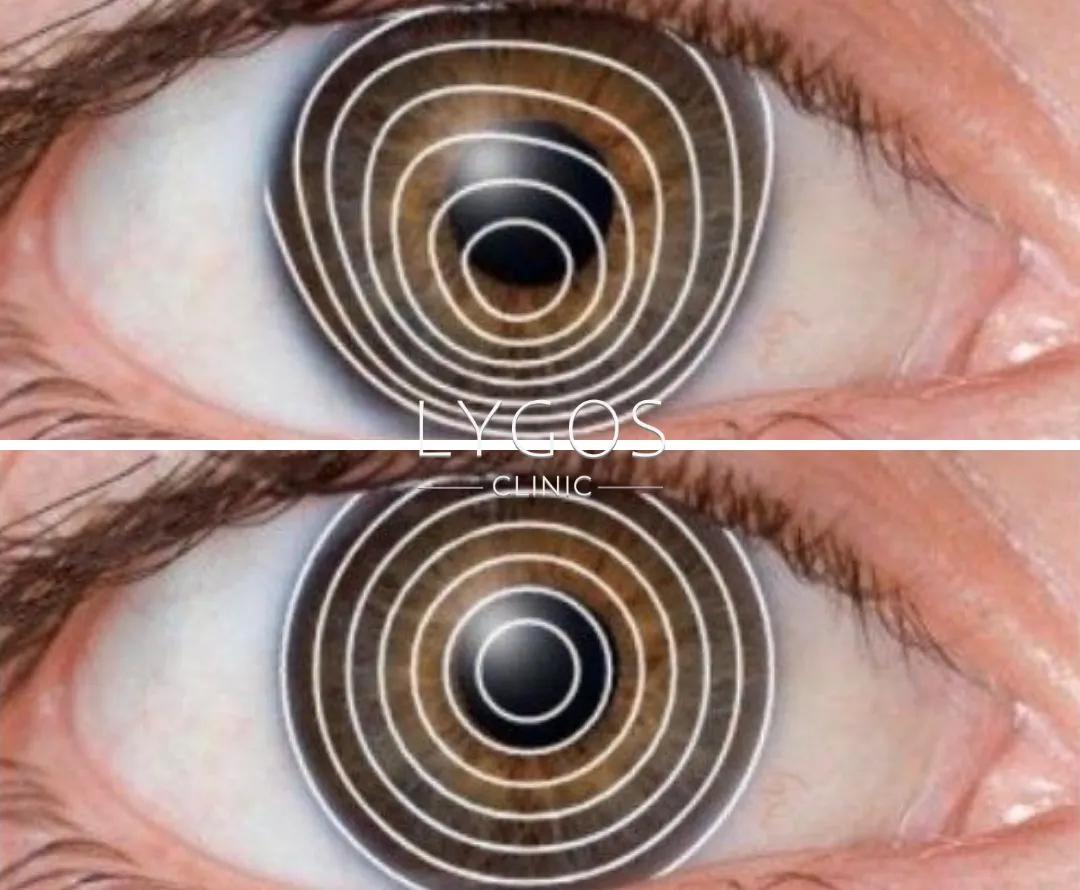What is Epiretinal Membrane?
Get Free Consultation
Chose Your Topic
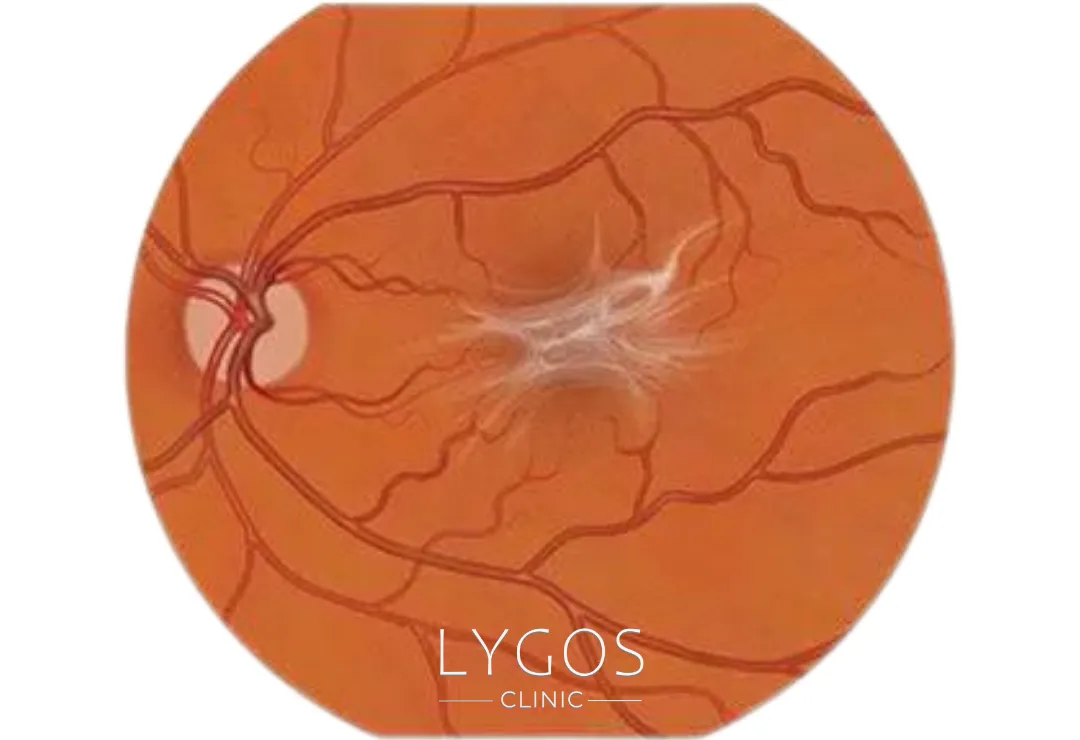
What are the Symptoms of Epiretinal Membrane?
When an epiretinal membrane develops, the first symptoms experienced by patients are usually manifested by the deterioration of central vision. This is a common feature of macular diseases. Patients often complain that there is something blocking their central field of vision. Decreased visual acuity causes difficulty in daily activities, especially when reading written texts or looking directly at objects in front of them.
This is manifested by complaints such as perceiving objects as different, curved or trapezoidal (metamorphopsia) and seeing them larger (macropsia) or smaller (micropsia) than their actual size. These visual disturbances are caused by the epiretinal membrane affecting the sensitive functions of the macula. This can seriously affect patients’ quality of life.
How is Epiretinal Membrane Treatment Performed?
As long as the presence of the epiretinal membrane does not cause vision loss, it is followed up at regular intervals. This follow-up process is usually carried out in periods of 2-4 months. However, in case of loss of central vision, surgical intervention is necessary. In this case, the treatment option is usually a retinal surgery called pars plana vitrectomy.
During this surgical procedure, three different entry points are created in the eye. Fluid is introduced into the eye through the first port, while a light source and vitreous cutter are inserted through the other two ports. The vitreous is a gel-like fluid that fills the back cavity of the eye. This fluid is divided into small pieces with the help of a very thin instrument and sucked out of the eye.
In cases where the vitreous is tightly adherent to the macula, this adhesion is carefully separated. Then, the epiretinal membrane in front of the macula is carefully peeled away to remove any shrinkage. After the epiretinal membrane is completely removed from the eye, a long-lasting gas is introduced into the eye. In order for this gas to settle properly and for the surgical procedure to be successful, the patient must lie in the prone position for several days. This period usually varies between 2 and 5 days. This position helps to prevent the gas inside the eye from pressing against the retina and preventing the membrane from forming again.
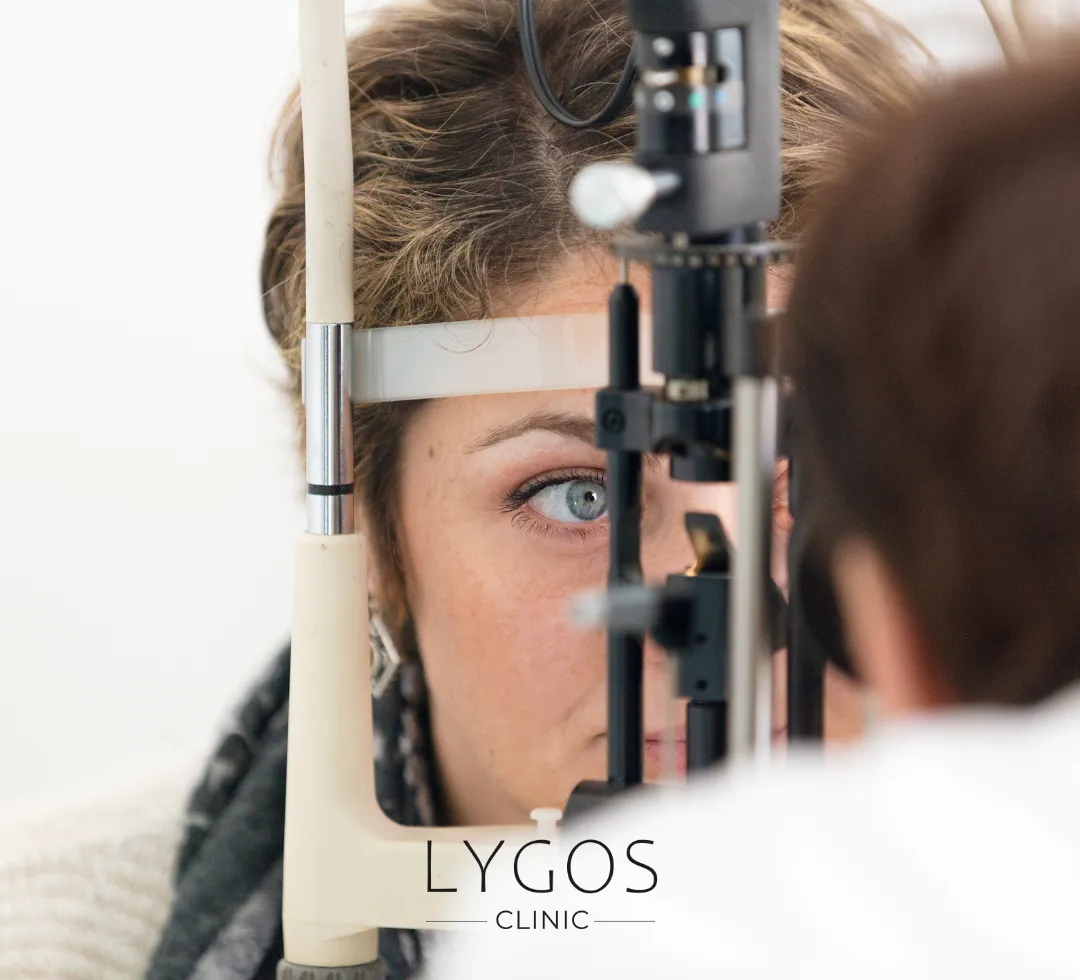
How Long Does Epiretinal Membrane Surgery Take?
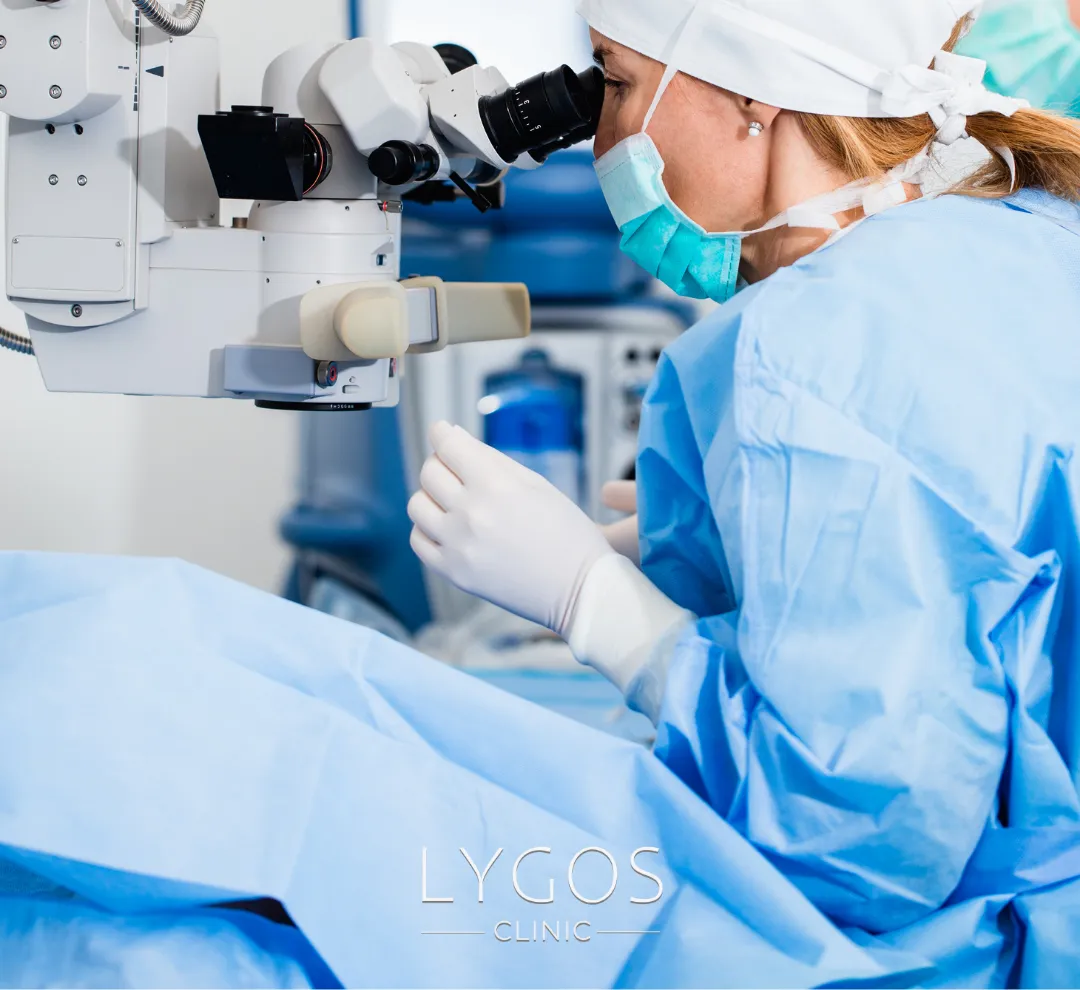
Epiretinal Membrane Treatment
There are no eye drops or medications for the treatment of epiretinal membranes. In the early stages of the disease, treatment is not needed as vision loss is usually mild. During this period, regular eye examinations by an ophthalmologist experienced in retinal surgery are very important.
At this stage, epiretinal membrane treatment is considered adequate, especially in combination with retinal tomography. These follow-ups are important to monitor the progression of the disease and to make the necessary intervention in time. However, when the quality of vision is significantly reduced and this affects activities of daily living, surgical intervention becomes inevitable.
At this point, surgery is the most appropriate and beneficial solution both to preserve visual function and to improve quality of life. The decision for surgery should be meticulously evaluated according to the degree of vision loss and its effects on the patient's daily life. A surgical decision taken at the right time in this process can make a positive difference in the patient's life.
Epiretinal Membrane Surgery Results
After Epiretinal Membrane Surgery
There are some important points that patients should pay attention to during the recovery process after epiretinal membrane surgery. Following the surgery, it is critical to follow the eye drop treatment prescribed by the doctor meticulously for a healthy healing process.
If a gas or air tamponade was placed in the eye during surgery, patients should lie face down for the prescribed period. It is also important to avoid contact with water for the first three days after surgery and to avoid activities such as sea, pool, Turkish bath and sauna for two to three weeks. If a tamponade has been placed in the eye, the patient may experience temporary loss of vision until the tamponade is removed.
As the gas or air is gradually removed from the eye, vision gradually returns, starting from the upper part. If no tamponade has been placed, the patient starts to see the next day after surgery. However, the image may be blurred in the first days. Within a week, vision starts to become clearer. This process continues rapidly, especially in the first month. The quality of vision improves and the healing process continues for six months.
If micro-threads were used in the eye during surgery, you may experience a slight stinging sensation during the first month. However, this is a natural part of the healing process. It usually goes away on its own after a while. To have a comfortable postoperative period after epiretinal membrane surgery, it is very important to follow the doctor's recommendations and keep regular check-ups for a healthy recovery.
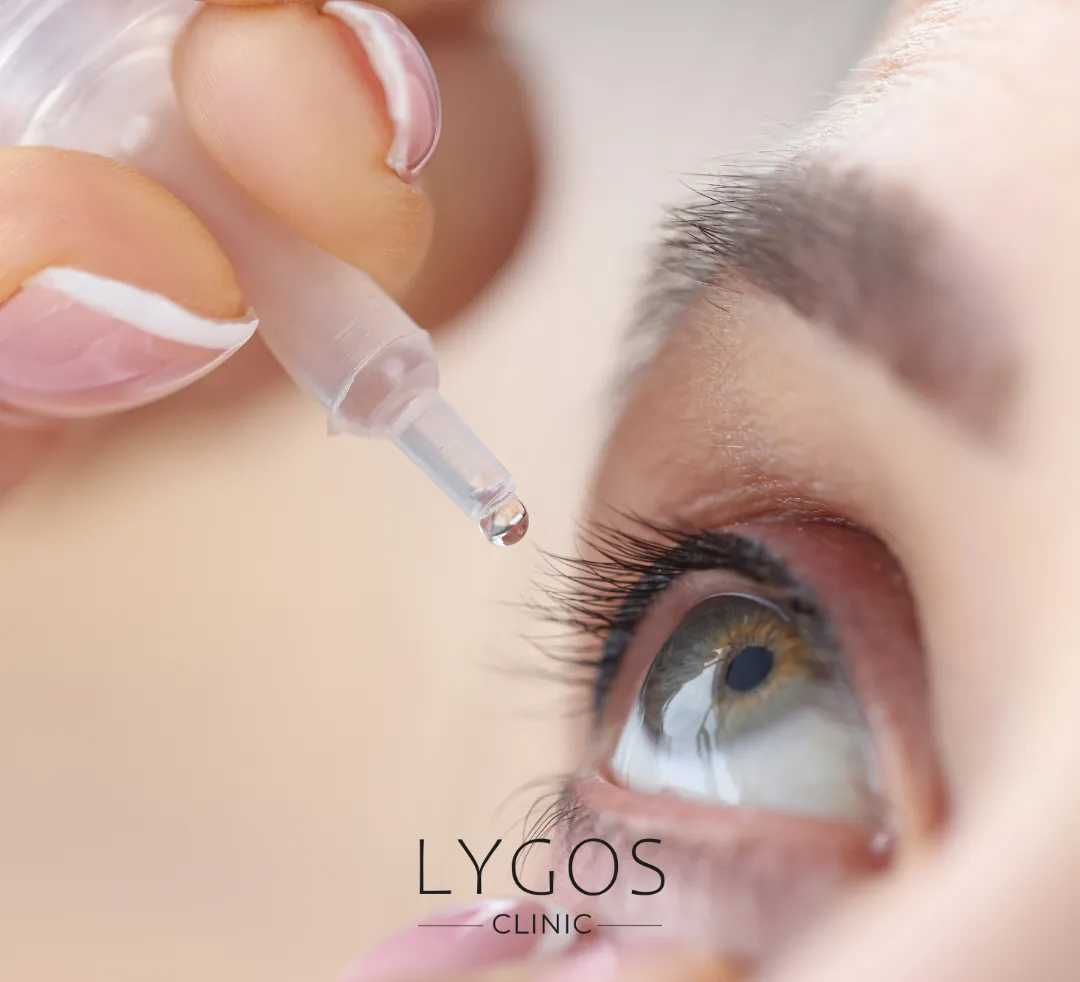
Epiretinal Membrane Surgery Costs
Get a quote for Epiretinal Membrane Surgery
Frequently Asked Questions About Epiretinal Membrane
BLOG

Is Breathing Through the Mouth Harmful?
Chose Your Topic Is Breathing Through the Mouth Harmful? Breathing is one of the most fundamental needs of life. However,

Does Rice Water Make Hair Grow? | Benefits of Rice Water
Chose Your Topic Does Rice Water Make Hair Grow? Natural methods in hair care have become quite popular in recent

Breast Lump | Types: Benign, Malign and Causes | LYGOS 2025
Breast Lump While cancer stands out as one of the most common health problems today, early diagnosis rates are also

